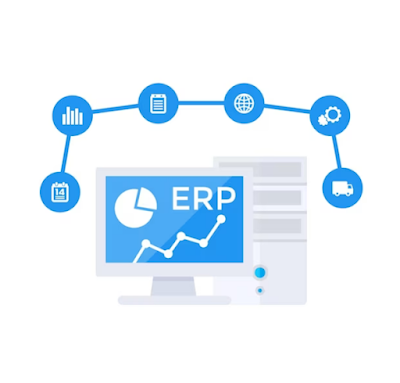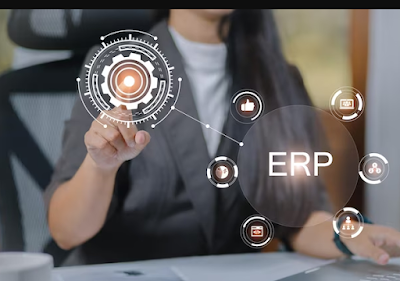The Advantages of Open-Source ERP Systems
1. Initial costs: This includes the purchase price of the ERP software, any hardware required to run the system, and any consulting or implementation fees.
2. Customization and integration: Depending on the organization's needs, customizations and integrations may be required to tailor the ERP system to their specific business processes.
3. Training: Employees will need to be trained on how to use the ERP system, which can involve significant costs in terms of time and money.
4. Data migration: If the organization is migrating data from legacy systems, this can be a complex and time-consuming process that requires significant resources.
5. Ongoing maintenance and support: ERP systems require ongoing maintenance and support, which can involve significant costs in terms of IT resources and vendor support contracts.
6. Upgrades: ERP systems require regular upgrades to stay current with new technology and business requirements.
Once you have estimated all these costs, you can add them up to calculate the total cost of ownership for the ERP system.
Conclusion
Investing in an ERP system can provide significant benefits to organizations, but it's critical to understand the Total Cost of Ownership (TCO) to make informed decisions about whether and how to invest in these solutions. By factoring in all the costs associated with an ERP system, organizations can better assess the ROI and make more informed decisions about their technology investments. When calculating TCO for an ERP system, it's important to consider all the direct and indirect costs associated with acquiring, implementing, and maintaining the solution over its lifetime.




Comments
Post a Comment